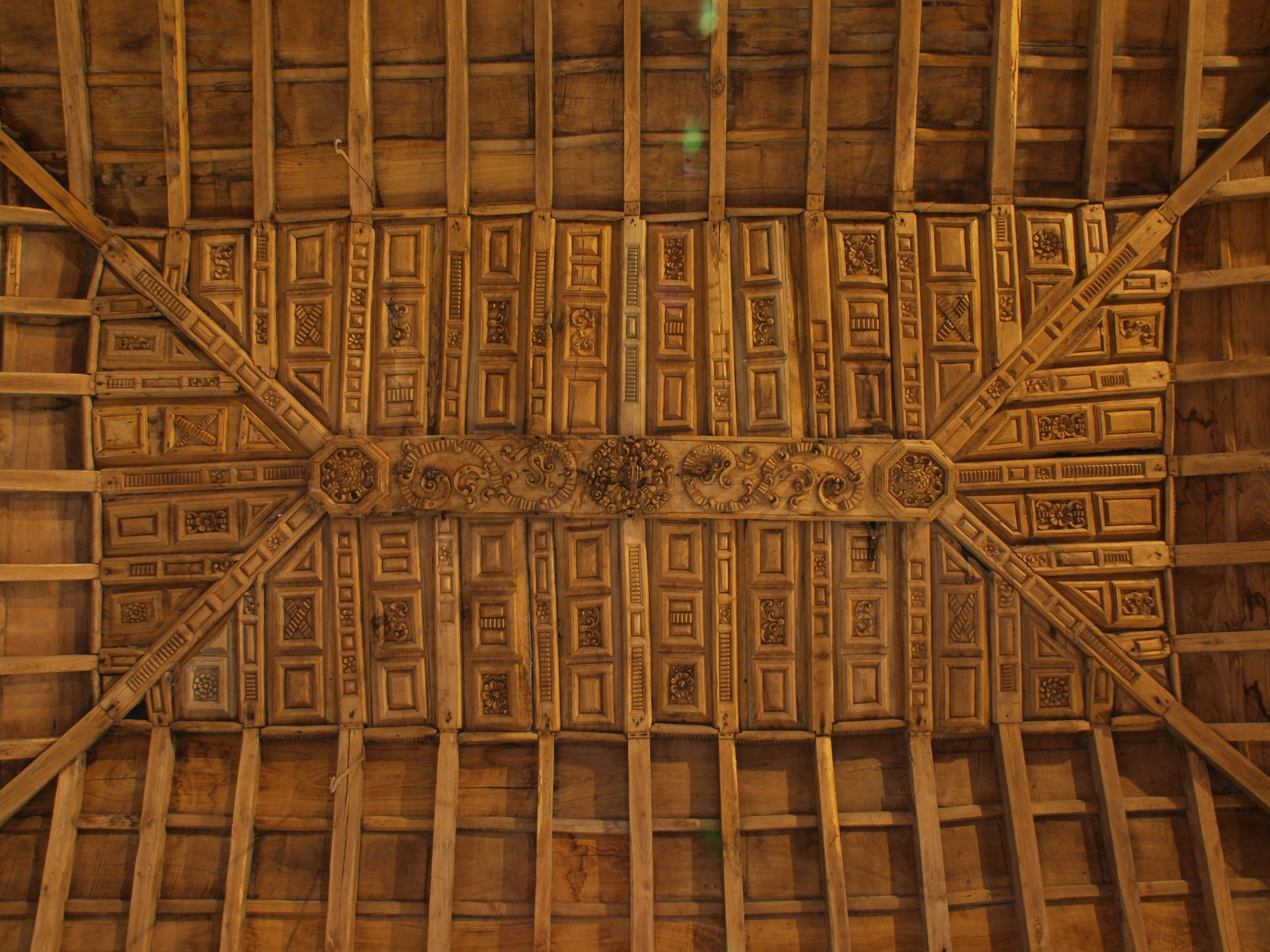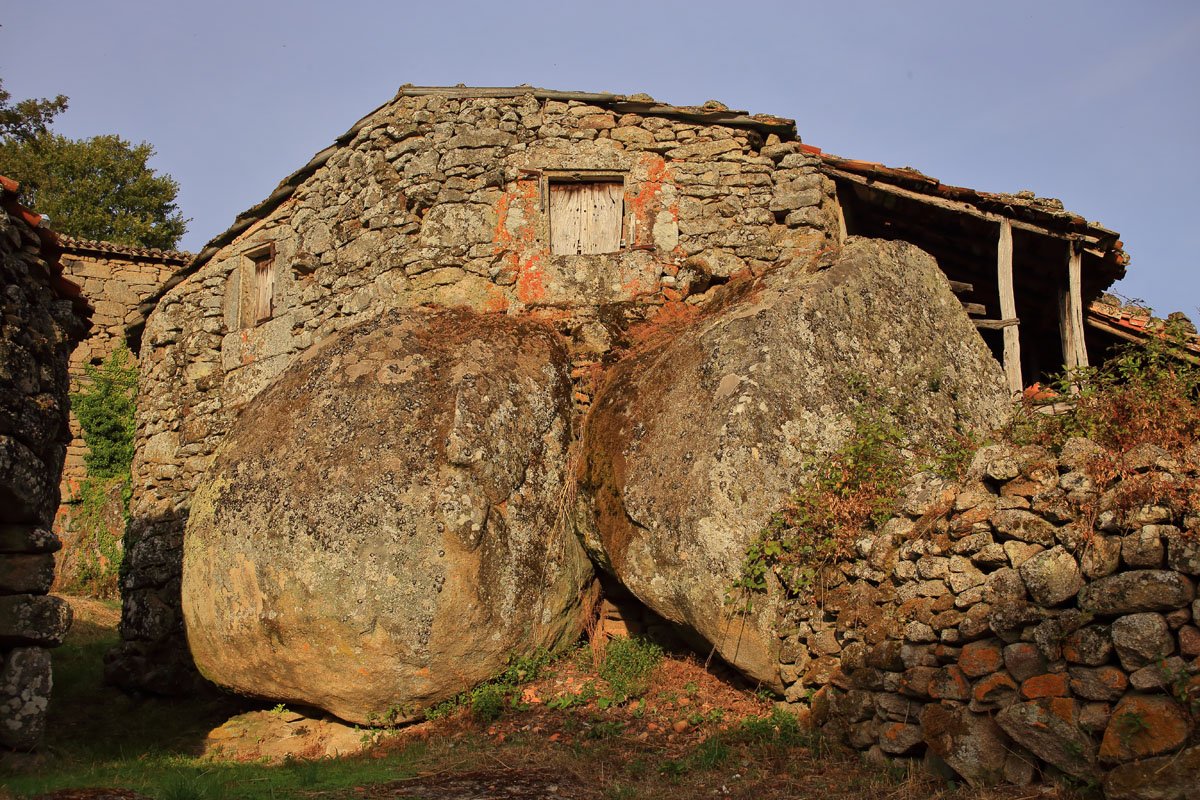Location. Monte Medo. Parish of San Cibrao de Lama Má.
Type of monument. “Mámoa”, megalithic item from the pre-Celtic era. Interest: architectural, historical, ethnographical.
Dated. Unknown. The megalithic culture of the Neolithic extends between fourth and third millennia BC; other Galician mámoas are dated to prior to the fourth millennium, like the “Chousa Nova”, in the municipality of Silleda.
Description. We find two “mámoas” (Neolithic monuments) in the same forestal area, about 70 meters apart from one another. They are low in profile, with a diameter of about 20 to 25 metres.
Considered to be burial chambers similar to dolmen. Inside them there are walls and ceilings formed by large boulders and slabs, which were then covered with soil.
Their dating varies, and advances in dating techniques have lead to changes in this regard. Most experts agree these monuments date back to the Neolithic.
“Mámoas” are very common in Galicia, and as megalithic monuments, are characteristic of the North-western peninsular. This abundance has given rise to several denominations: medorra, medoña or modorra; are the most common monikers. These names gave rise to names of places and people, and to ethnonyms originating from these locations.
The mámoas have a characteristic form being an elevation from the ground and circular shape, hence the name, which originates from the Latin mammula meaning breast. It is then a metaphor of their exterior appearance.
In the case of BURATO DO HABER it is evident that there were excavations on the site in antiquity.
Cataloging. Inventory of Heritage Assets of the Government of Galicia.





